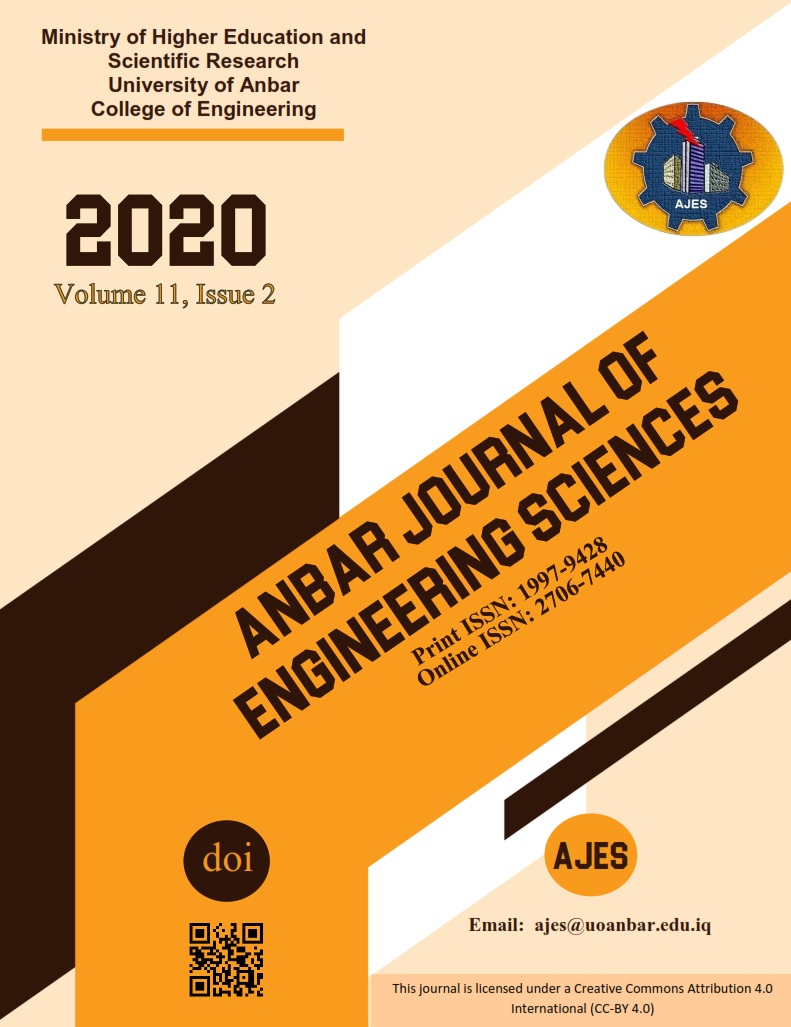Abstract
The present study was concerned with the analysis, simulation of the air flow pat-terns and thermal comfort levels in the University of Anbar at conferences hall (Ibn Al Haitham hall). The study was performed in a hot - dry season. The pur-pose of the present work was to investigate the level of thermal comfort and the influence of the air flow on the flow patterns at the conferences hall. It has been assumed that the total number of occupying audiences in the hall was approxi-mately 100 persons. The present work simulated and analyzed four hypothetical cases, namely: in the first case, the hall was assumed as an empty place, whereas the other three cases were performed by redistribution for the three units of air conditioning, the hall was assumed as a filled place with persons in September 2019. The study was accomplished using simulation techniques, a CFD code (FLUENT 6.2) v.17, which is commercially available. The CFD modelling tech-niques were applied to solve the continuity, momentum and the energy conserva-tion equations in addition to the Turbulence k-є (RNG) model equations for a tur-bulence closure model. Thermal comfort was assessed by finding the values of predicted mean vote (PMV), predicted percentage of dissatisfied (PPD), and ASHRAE standard-55. In conclusion, the second case was the superior in compar-ison to these other cases. It was noted that the PMV value was 0.17, whereas the PPD value was 6.79 at the breathing level.
